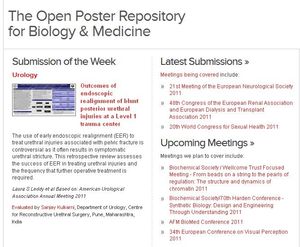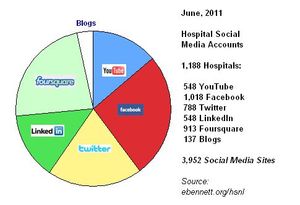The Department of Health and Human Services have released proposed changes to the review of human subjects research. The changes, summarized by the New York Times yesterday, would tighten some controls and loosen others.
On the side of more regulation, it would bring more studies, even those conducted with private funds, under the purview of an Institutional Review Board if the institution accepts any federal money. On the looser side, it would create a category of “excused” research allowing social and behavioral studies to avoid review.
Though the amendments seem thoughtful, they may not address some of the complaints that researchers have with their own IRBs like lack of transparency. It will be helpful if this proposal sparks discussion among university IRBs about how best to communicate their goals to researchers.
 You have to register to read the evaluations, but any user can scan the submissions. And it's another avenue for faculty to demonstrate the reach of their research.
You have to register to read the evaluations, but any user can scan the submissions. And it's another avenue for faculty to demonstrate the reach of their research.